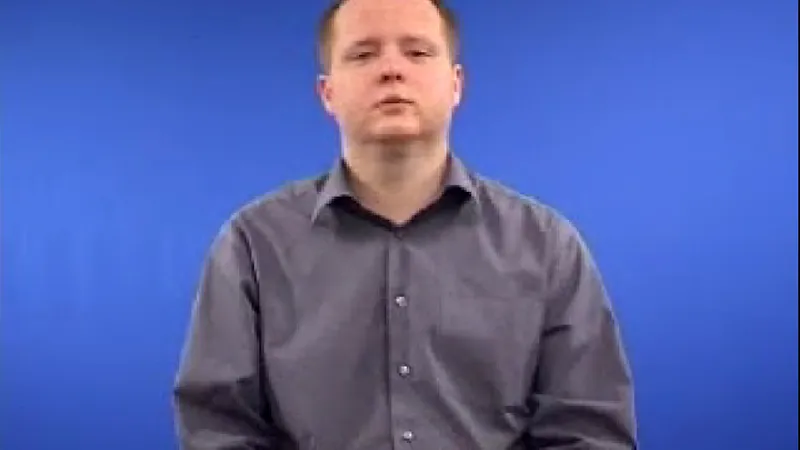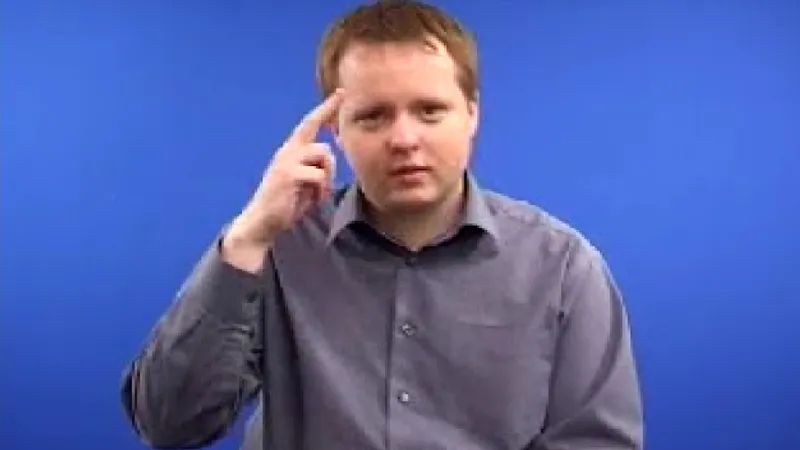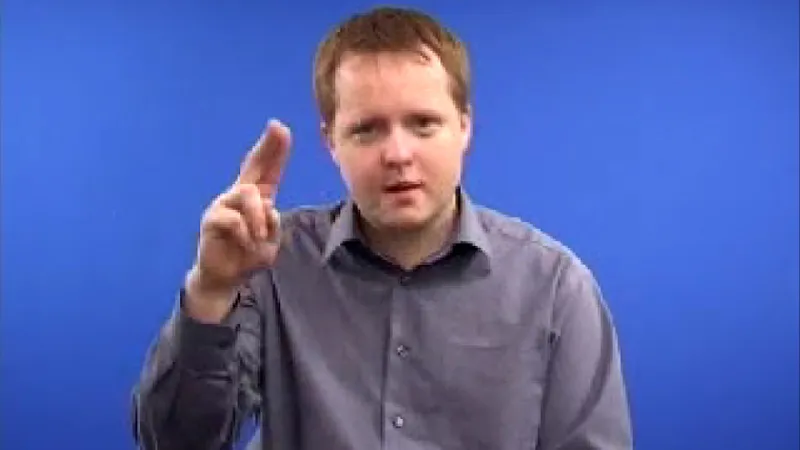Sign
Name in Sign Language – Video & Image Included
How do you say Name in sign language? Having vocabulary is vital in any language, even if the language name comes out to be sign languages like British Sign Language or American Sign Language. Say, you’re asking for the BSL names or some other sign names of some trees. You’ll need this word in those instances. As such, this is also one of the first words that you’ll encounter in your sign language lessons.
If you’re not familiar with the deaf community or deaf culture, you may not know that our names don’t have any specific sign language name. A deaf person will usually associate a sign with the names of people that they know, but it’s more of a hack than a trait of the sign language.
For example, someone may associate a personality trait like ‘happiness’ with a person that they love and adore. So they may use that word like a proper noun.
But it’s not replicable for other sign languages. A sign in ASL may mean nothing in BSL. You’ll have no idea what they said in sign language if you’re a BSL speaker and you don’t know ASL. So the whole process will have to be repeated for BSL.
Table of Content
Name in Sign Language
We should preface our discussion with the fact that you can be a member of the deaf community and still hear completely fine. Sign languages aren’t exclusive to deaf people only.
For our purpose today, we’ll only talk about BSL.
Remember, it’s a two-handed language, unlike ASL. It means you’ll use both your hands to construct signs.
When you study sign language, especially two-handed languages like BSL, you’ll often hear the words “dominant hand” and “non-dominant hand.”
If you are right-handed, that’s your dominant hand. Your non-dominant hand is your left. We also refer to it as the base hand.
Now, please watch the video we have linked below.
Please follow the steps we’ll discuss shortly.
1. Start with a normal posture.
2. Lift your dominant hand up to your forehead. Keep all your fingers in a fist except the index and middle finger. Extend them out fully and touch your forehead with them.
3. Now make a salute gesture. See the video again for reference.
4. Say the word ‘name’ out loud while doing the sign.
Conclusion
So, that’s how we say Name in sign language. As you can see, it’s as easy as giving a salute. However, it’s still advisable to keep a regular practice. It’s language learning after all. We’re not very good with vocabulary as they tend to get erased from our memory quite often if we don’t keep a constant practice. Lastly, one massive tip: smile. It’s a good habit as it easily connects you with the people you’re communicating with.
What to Read Next:
- Play in Sign Language – Video & Image Included
- Fish in Sign Language – Video & Image Included
- Help in Sign Language – Video & Image Included
- Chicken in Sign Language – Video & Image Included
- Yes in Sign Language – Video & Image Included
- More in Sign Language – Video & Image Included
- Swearing in Sign Language – Video & Image Included




